Table of Contents
To all the creative New York chefs who take
sandwiches to the next level
INTRODUCTION
A very warm welcome to The Big New York Sandwich Book! Between these pages, weve assembled a compendium of gorgeous, sandwich recipes from some of New Yorks most talented and beloved chefs and restaurants. Among the projects nearly one hundred participants are four-star celebrities, industry up-and-comers, skilled ethnic innovators, and longstanding neighborhood legends. Its taken us almost two years since our start date, and together with this incredible group of contributors, weve brought together what we hope will be, well, a definitive sandwich tome. Each recipe has been developed and adapted to not only reflect the chefs taste and cooking style but also to be made with minimal effort, maximum deliciousness, and, perhaps most importantly, without breaking the bank.
For those who want to know more about where the sandwiches come from and why their tastes work the way they do, were excited to be able to offer that, too: a virtual mapin sandwichesof a diverse, warmly hospitable, yet still gritty corner of the world. Each chapter, through its recipes, restaurant contextualization, and quotes from featured chefs is a walk down a different sandwich avenue. From classic deli sandwiches to exotic concoctions, the sum of all the parts offers a story about how flavor, open-mindedness, and improvisation can lead to something fresh, new, and entirely delicious.
WHY SANDWICHES?
First off, who doesnt love a sandwich? Believe it or not, these days were now far more likely to fix a sandwich than cook a meal, according to a survey of 2009 recession eating habits conducted by the market research firm NPD Group. No wonder: Sandwiches present an extremely quick and affordable way to stick to flavorful and fresh food. Theyre perfect for making ahead, storing, and packingimportant considerations if youre eating for one, on-the-go, or eating at different times than your other family members.
We fell in love with this book idea for another reason, too, though. What better introduction to todays varied and incredible flavors, ingredients, and techniques than a food so easy, you can fit it between two slices of bread? With the right recipes, sandwiches can be a foolproof ticket to mind-bogglingly delicious food anybody can easily make. To put a sandwich together, you dont have to be a five-star chef or rogue culinary genius. You can, however, take some of their tips, and give a few of their recipes a try. Sandwiches represent food and ingredients at their simplest. And when conceived right, the absence of all those other culinary bells and whistles can reveal combinations and concepts that are nothing short of pure and effortless great taste.
WHY NEW YORK?
Melting pot, salad bowlif New York has been described as any one thing, its as a mix and blend of the many. So much so that, to this day, 36 percent of the citys population is foreign-born, and nearly 50 percent speak a second language at home. Its a reflection of the myriad palates that chefs must consider and influences they can draw fromexactly what you need for a cookbook meant to be high on ideas and adventure, one thats replete with original approaches and surprising discoveries.
New York is also, specifically, a town where the bar is set high. Its always had a reputation for superior sandwichesbe they classic, overstuffed deli fare (think juicy pastrami on crisp rye, or melting hot cheese over smoky turkey); authentic, high-quality street bites (tender chicken, dripping with tahini and stuffed into soft, warm pitas, or peppery sausages and secret sauce); or countless other combinations of quality ingredients using a vast array of techniques and flavors.
Over the past few years, this antes been upped. First there was the panini crazedelicate, griddle-melted (and melt-in-your-mouth) concoctions brimming with pear, Taleggio, and prosciutto, or maybe mortadella, ham, and tangy red pepper relish. Next came sliders, with all the hipster chefs worth their salt crafting bite-sized sandwiches in the tradition of the croque monsieur, BLT, or tiny pizzetta. Latin sandwiches soon gained a new following, with Cuban sandwiches, Spanish bocatas, and Mexican tortas elbowing in with tacos, arepas, and empanadas for those craving something spicy, hearty, and toothsome. And then, onto pork buns: Suddenly, New Yorkers couldnt get enough pork belly and cucumber slivers tucked into steamed bread and smeared with a dab of Hoisin sauce.
Most recently, city diners have been jonesing for all things bhn m: Vietnamese pt, sweetly pickled vegetables, fresh herbs, and spice piled into a warm, crusty baguette. It wasnt long before bhn m-loving chefs began experimenting with the form, tucking their baguettes with everything from bacon and shrimp, to Polish kielbasa, to the key ingredients of pho, a rich beef soup scented with anise, cinnamon, and basil.
Sandwiches also have been an important element in the movement toward local, organic, and whole farmstead produce. No New York meat lover can seem to get enough artisanal bacon (the thicker the better) or hand-cut, house-cured ham (the thinner the better). Meanwhile, vegetable lovers are all about their wild mushrooms, heirloom tomatoes, beets, and rampscolorful ingredients that taste of the sun and the soil, of life and vitality.
And from there, the flavor and ingredient medleys grow even more eclectic and interesting. With each invention, the new sandwich offers a story about open-mindedness, fusion, and improvisationsome of our most beloved themes in New York City.
HOW TO USE THIS BOOK
Part of the sandwichs appeal is that the directions are easy to follow. Theyre even easier to riff and improvise on. As much as this book is about offering thoroughly impressive, exciting recipes, its also about providing an approachable way to sample food from a range of cultures and cooking styles. Try something onceor even just skim the recipeand subsequently use it as a jumping-off point for your own tastes and the ingredients you have on hand. Cut corners, experiment, and, most of all, have fun.
To make the experience as interesting and user-friendly as possible, each sandwich is framed with context, comments, and tips. Often, youll find recipes for sauces and condiments alongside. Rest assured, the sandwich gods will not judge you for using store-bought or, indeed, for substituting just about anything you happen to feel like on a given day. At the top of each page, youll find a combination of four easy-to-use icons:

DIFFICULTY: ranges from one (assemble on the fly) to three (youll really be cooking).

PACKABLE: refers to whether its long-lasting or un-messy enough to wrap up for lunch.

HEALTHFUL: tells you if it is (or can be made) especially good for your waistline or overall wellness. If there are adjustments necessary to help get you there, or if certain ingredients pack an extra punch, youll get that information here.


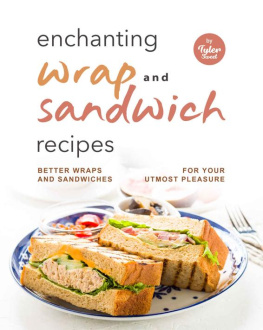
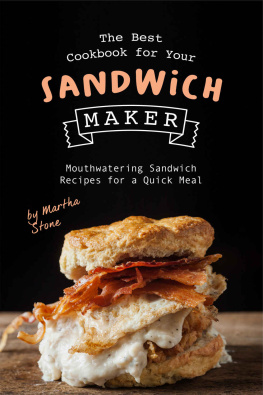
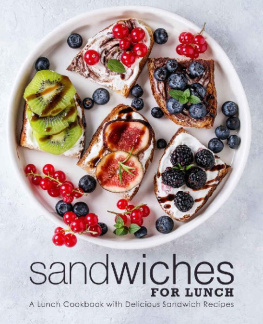

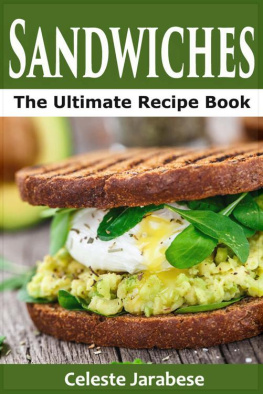
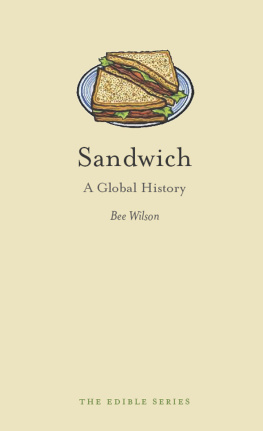
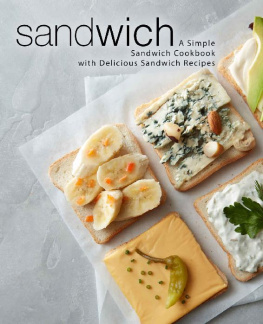
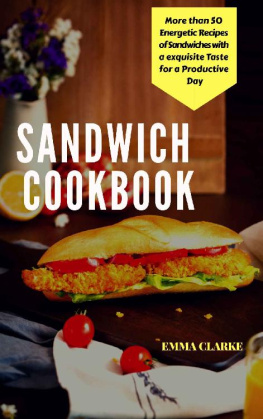
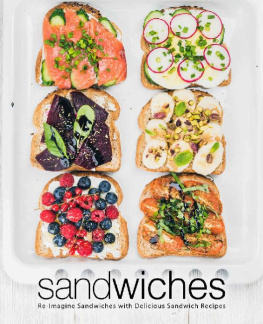
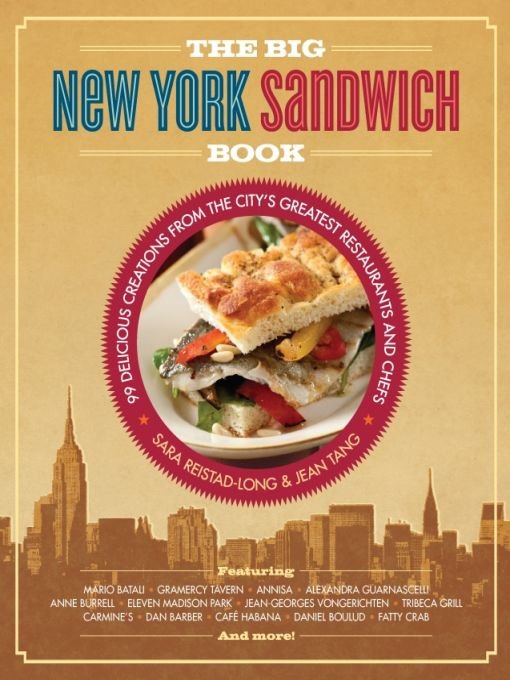
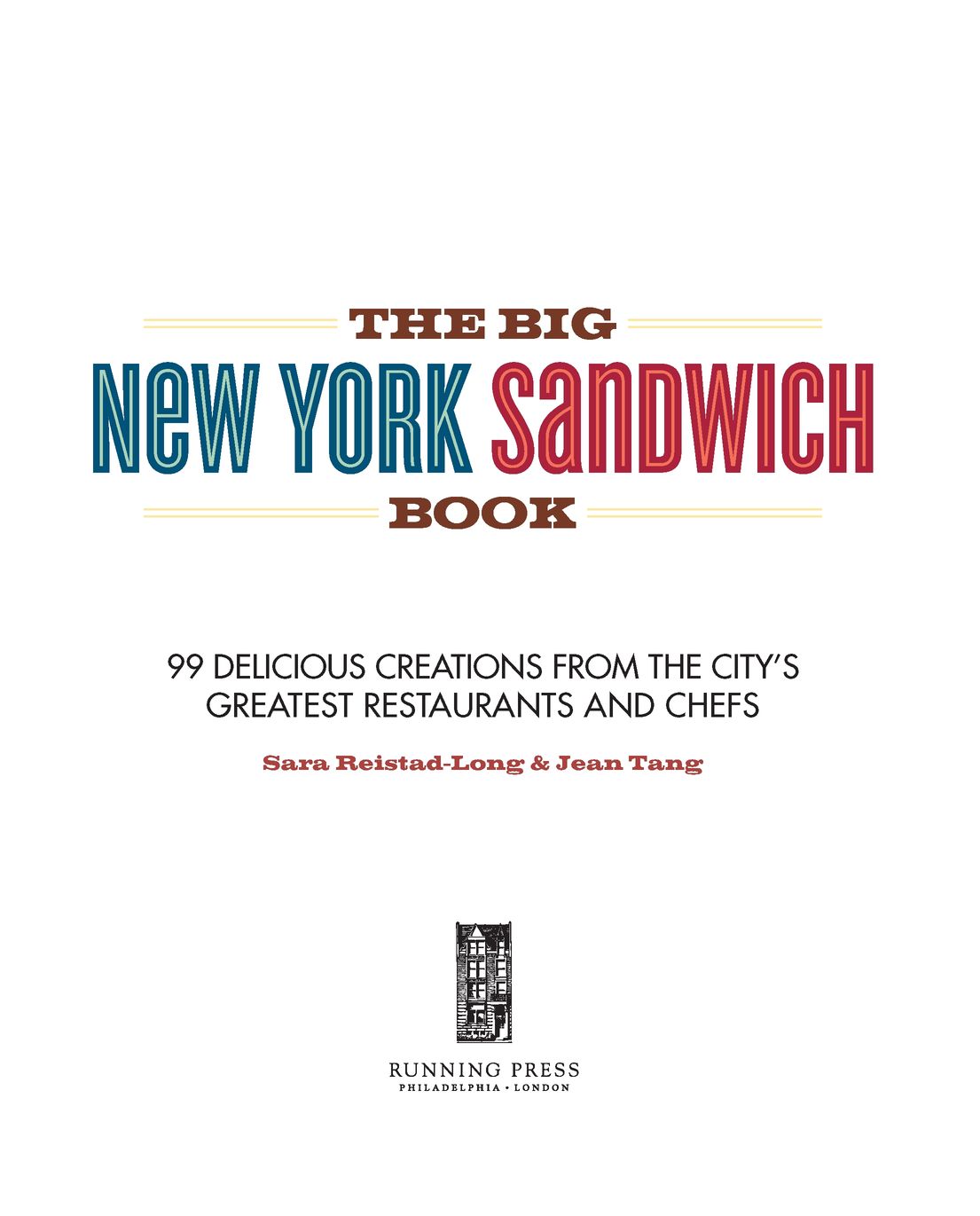

 DIFFICULTY: ranges from one (assemble on the fly) to three (youll really be cooking).
DIFFICULTY: ranges from one (assemble on the fly) to three (youll really be cooking). PACKABLE: refers to whether its long-lasting or un-messy enough to wrap up for lunch.
PACKABLE: refers to whether its long-lasting or un-messy enough to wrap up for lunch. HEALTHFUL: tells you if it is (or can be made) especially good for your waistline or overall wellness. If there are adjustments necessary to help get you there, or if certain ingredients pack an extra punch, youll get that information here.
HEALTHFUL: tells you if it is (or can be made) especially good for your waistline or overall wellness. If there are adjustments necessary to help get you there, or if certain ingredients pack an extra punch, youll get that information here.